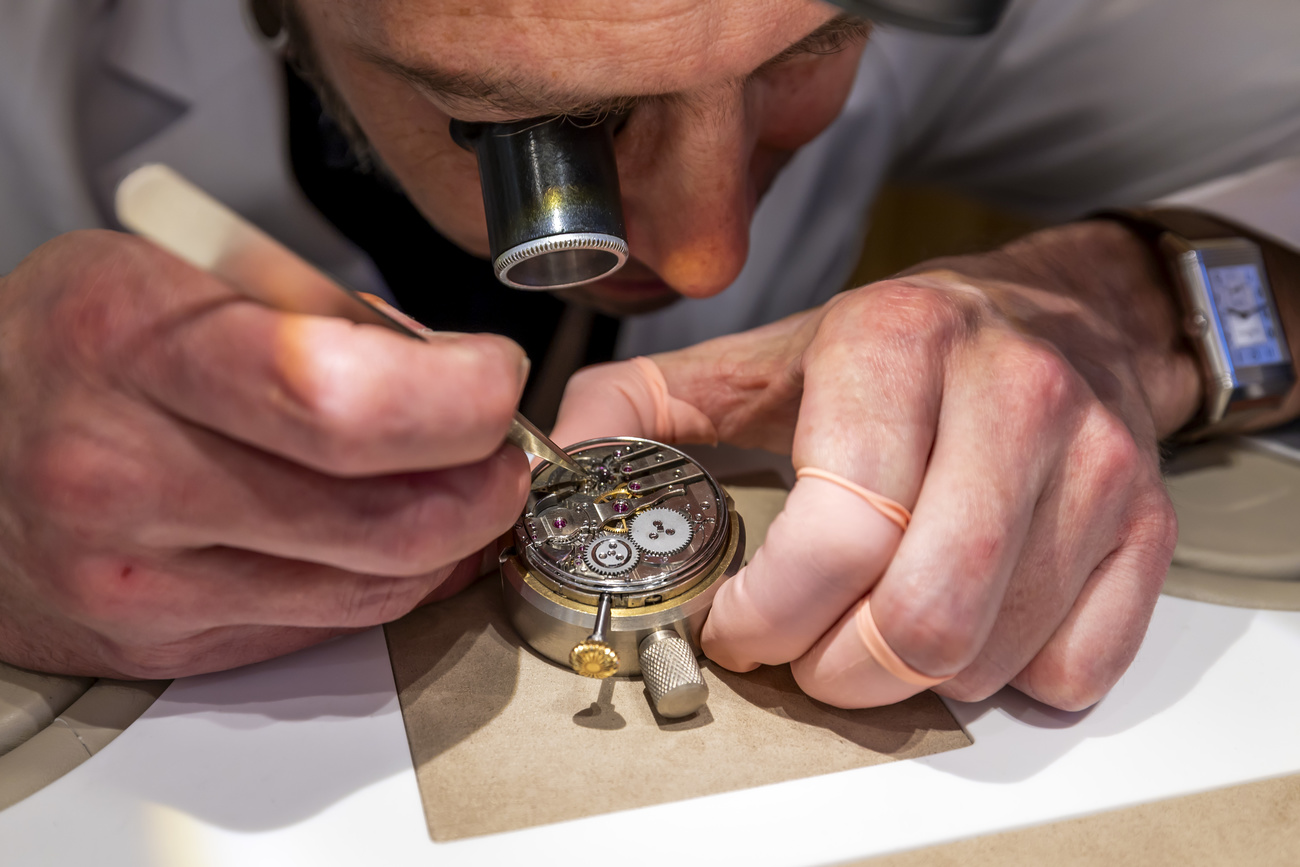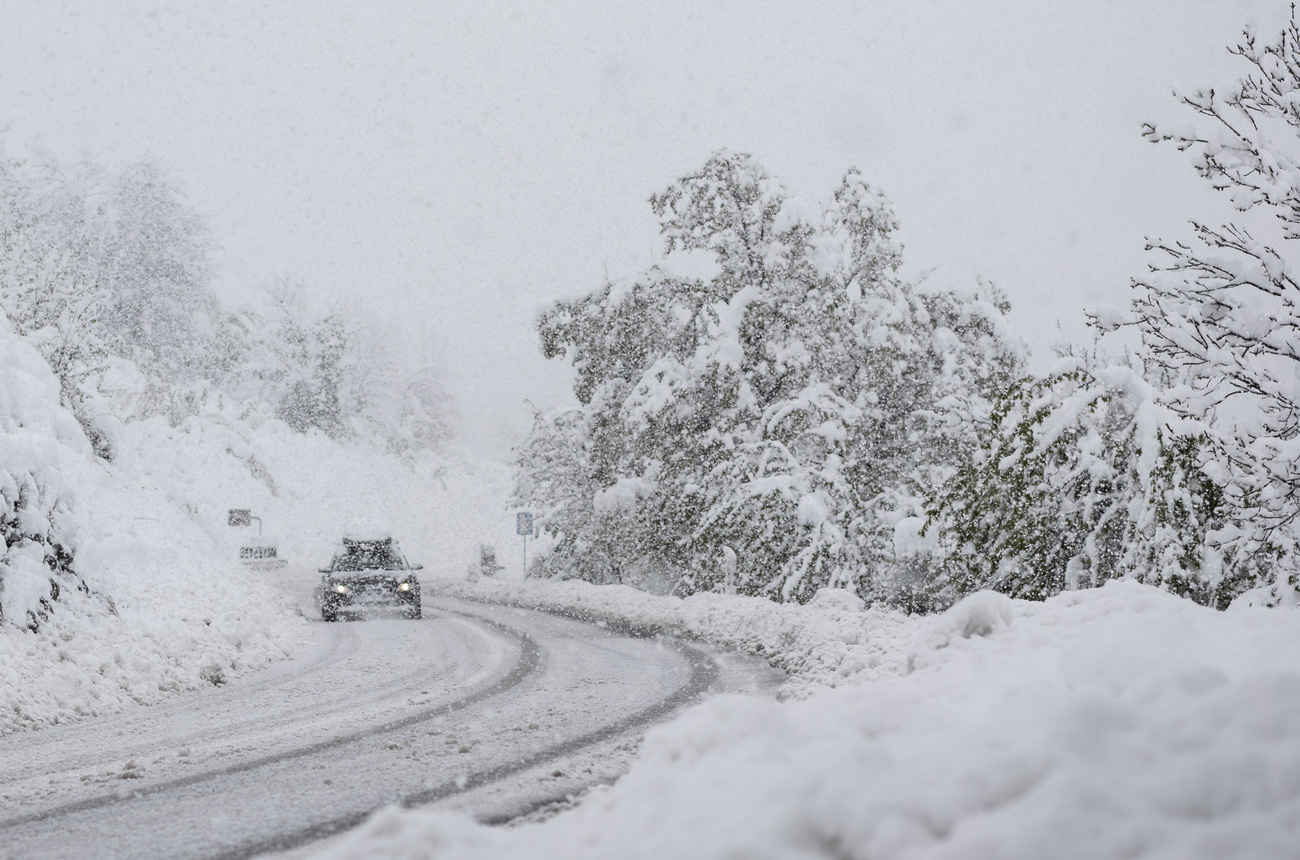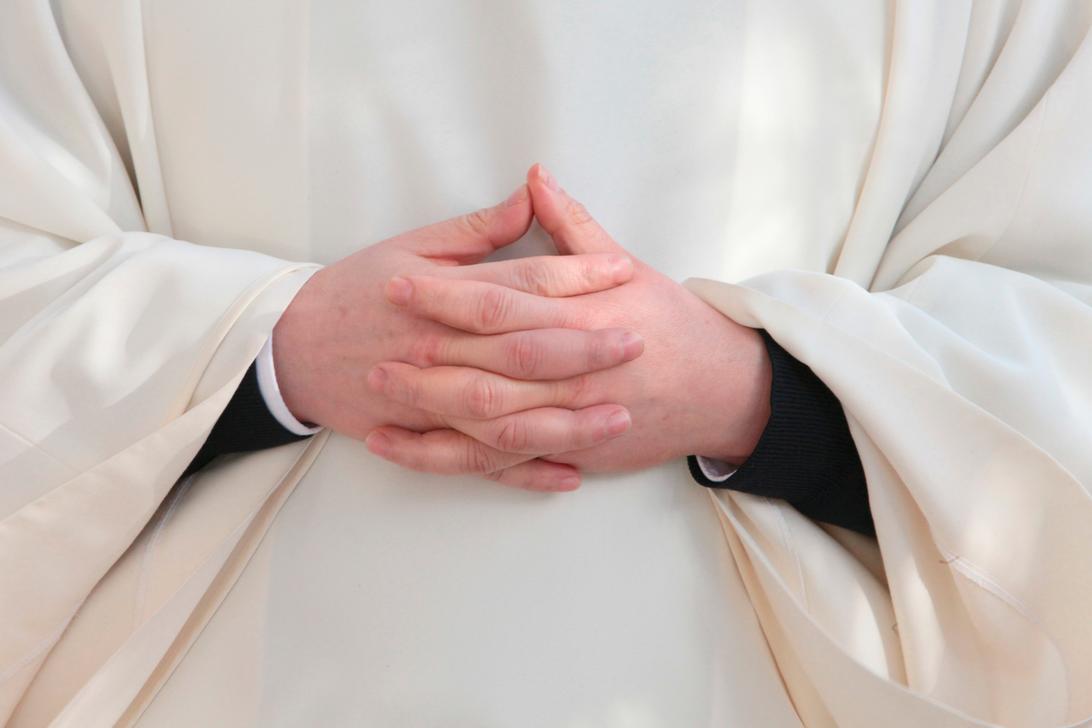Swiss Catholic church creates victims’ fund

The Swiss Bishops Conference has announced the creation of a fund to compensate victims of sexual abuse. Individuals may receive a single payment of up to CHF10,000 ($9,966), depending on the case.
In a statement released on Thursday, the Swiss Bishops Conference said the issue of financial compensation for sexual abuse cases that exceeded the statute of limitations was a “painful failure”.
As a result, it has drawn up a directive to compensate such victims, who may receive a one-off compensation payment of up to CHF10,000, the conference declared.
Two commissions – one coordinated by the church and another from people outside – will oversee the fund and decide on requests. Money will mainly come from the individual dioceses in Switzerland as well as religious congregations.
Victims’ groups like Groupe Sapec, which represents victims of sexual abuse by priests in French-speaking regions, have been calling for the church to recognise its responsibility and pay financial compensation to victims for several years.
Groupe Sapec President Jacques Nuoffer, himself a victim, welcomed the announcement.
“On the one hand it implicitly recognises the creation of CECAR [an independent sexual abuse commission set up in July by Sapec and the diocese of Lausanne, Geneva and Fribourg] and it’s confirmation of the creation of a compensation fund for all victims,” he declared.
In Swiss-German regions, unlike the French-speaking part, sexual abuse commissions have existed in dioceses for several years and supported victims. But up to now there has been no compensation fund.
Nuoffer said all that remains is for the church to urge victims who exceed the statute of limitations to come forward and file a claim with one of the diocese commissions or with CECAR.
Criminal cases
According to a news report in May, around 20 criminal cases have been opened against priests and Catholic monks for sexual abuse in Switzerland since 2010, despite the church catching 172 alleged offenders.
Many of the recorded cases date back to the 1950s and some suspects have therefore died. However, that is not the only reason for the discrepancy – other suspects simply could not be tracked down. The low prosecution rate is also down to the fact that the dioceses provided “very sketchy” information, according to the report, especially for the period between 1950 and 1980.
In January 2014, the Swiss Catholic Church released the third edition of its own prevention guidelines titled “Sexual abuse in the religious context” for clerics and other officials. The new directives aim to have a stronger prevention and training emphasis, and cast a wider net to include religious groups and activities not previously under the responsibility of the dioceses. They should also ensure better transparency about information on priests moving around. New employees now have to present a copy of their clean police record.

In compliance with the JTI standards
More: SWI swissinfo.ch certified by the Journalism Trust Initiative










You can find an overview of ongoing debates with our journalists here . Please join us!
If you want to start a conversation about a topic raised in this article or want to report factual errors, email us at english@swissinfo.ch.